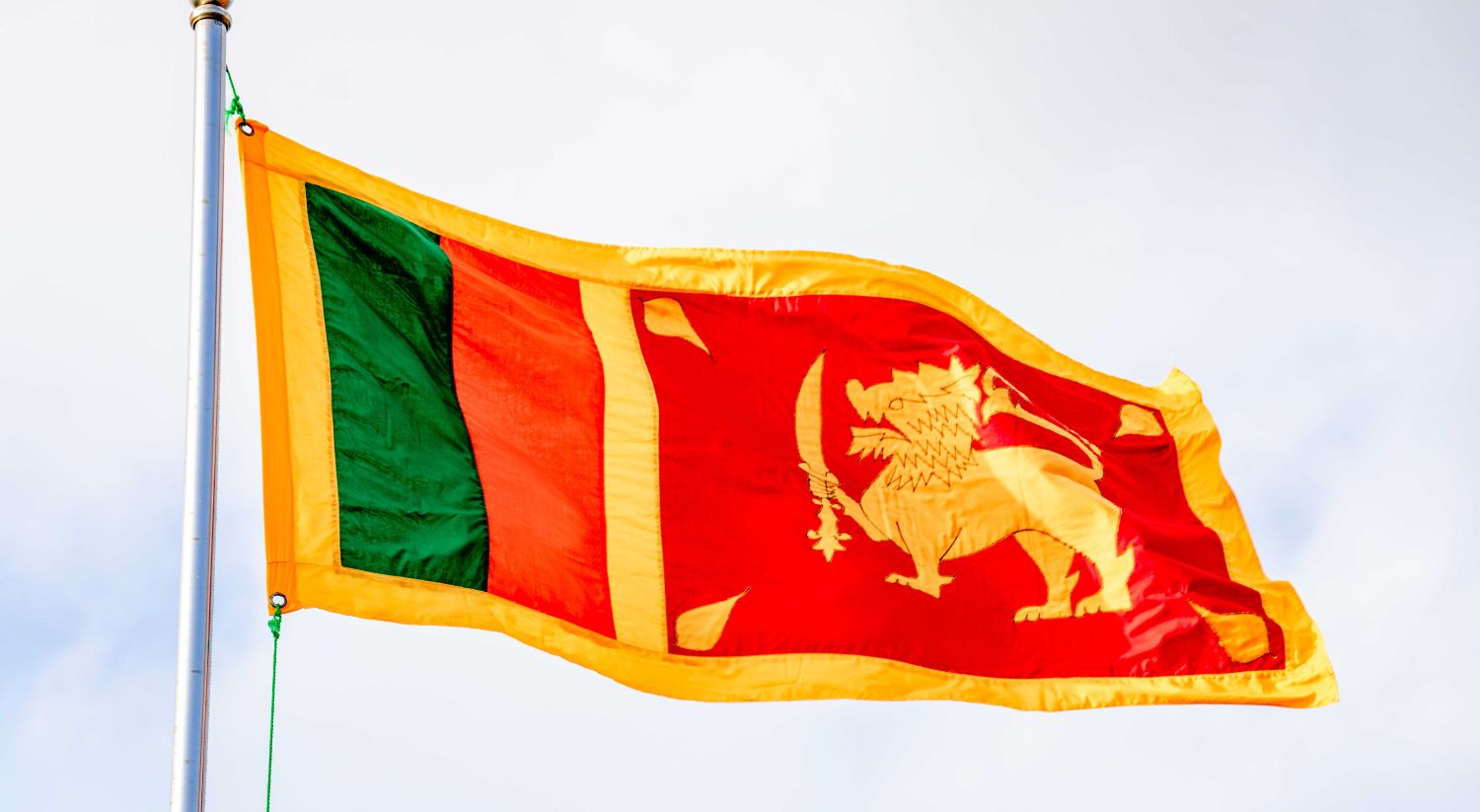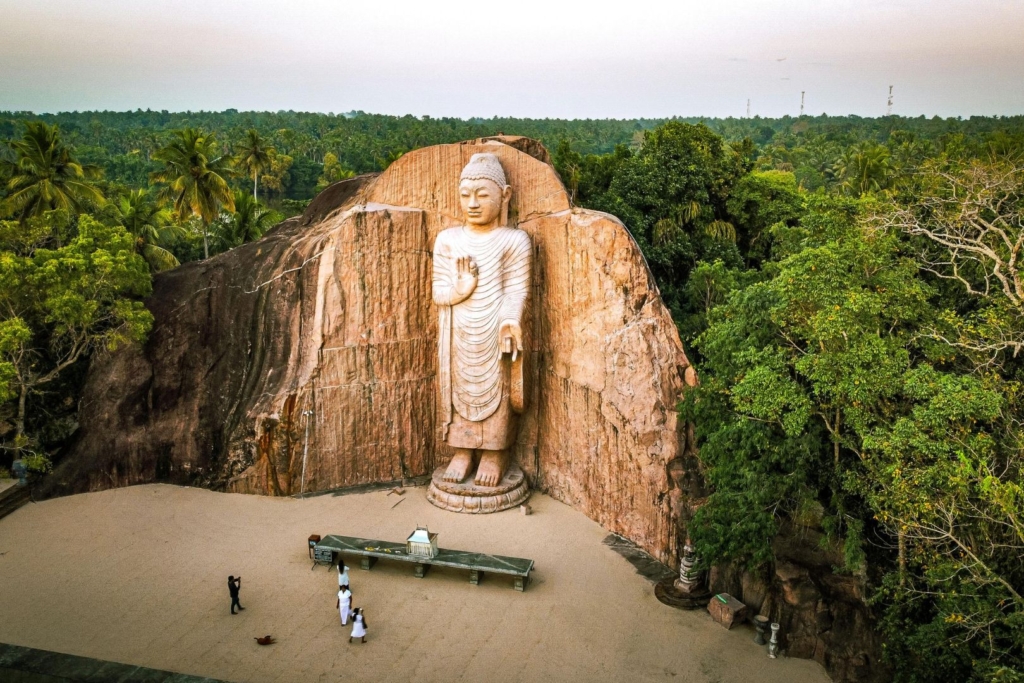
Today, we dive into Tamil, one of the oldest languages in the world. With thousands of years of history and spoken by over 70 million people, Tamil is a language of great significance to humanity—especially in southern India, Sri Lanka, and parts of Malaysia. But Tamil is far more than just a language; it is a living expression of South Asian history.
In addition, the language serves as a powerful symbol of identity for the people of southern India and their rich cultural heritage. It is also a language that has contributed deeply to literature, philosophy, and spiritual knowledge. Learning Tamil is like opening a door to one of the most meaningful and ancient corners of our world.
What’s more, although English and Hindi are widely spoken across the region, still holds strong cultural influence. This is especially relevant in a region that is increasingly connected to global trade and cultural exchange.
So let’s take a closer look at what Tamil is, its origins, and how it continues to shape the present.
A language with over 2,000 years of history
As we mentioned earlier, this is one of the oldest languages on Earth. It belongs to the Dravidian language family, a group of languages primarily spoken in the southern part of the Indian subcontinent—specifically in southern India, Sri Lanka, and parts of northern Malaysia and Singapore. Unlike many other ancient languages, Tamil has preserved an impressive continuity over time.
Its documented history dates back at least to the 3rd century BCE, making it one of the oldest living languages in the world. Tamil is the oldest of the Dravidian languages and one of the few ancient tongues still actively spoken in a modern form today.
The earliest Tamil records date from the 3rd century BCE, where primitive versions of the Brahmi script—known as Tamil-Brahmi—were found carved into stone. Since then, the language has shown remarkable resilience, remaining in continuous use for over two millennia.
What does it mean to be a “living language”?
One of the most fascinating aspects of Tamil is that it has evolved without losing its roots. Modern Tamil still retains many features of Classical Tamil, and unlike other major world languages like Spanish or English, Tamil speakers today can often understand ancient texts to a reasonable degree.
Yes, contemporary speakers can read centuries-old Tamil literature with surprising clarity. If that doesn’t seem impressive, try reading an ancient text in your own language. For instance, read Tollemache Orosius in ancient English—you’ll likely struggle to grasp the full meaning. The same goes for Old Spanish or Medieval French.
So, why has Tamil remained so well-preserved? The secret to its “linguistic youth” lies in its history.
Let’s take a closer look.

Classical Tamil: Literature as a cultural pillar
One of the most important foundations of the Tamil language is its rich literary tradition. The Sangam period, which spanned roughly from the 3rd century BCE to the 3rd century CE, is considered the golden age of Classical Tamil literature. During this time, poets composed works of profound aesthetic and ethical value, many of which are still studied today.
Among the most notable is the Tirukkural by Tiruvalluvar—a collection of aphorisms on ethics, governance, and love, translated into more than 80 languages. Learning Tamil gives you direct access to these foundational texts, allowing you to experience them in their original form without relying on translations. Of course, AI-powered text translators today can also offer remarkably accurate renditions, enriching your understanding with ease.
With over 2,000 years of documented literary history, Tamil literature includes foundational works such as the Sangam poems, composed between the 3rd century BCE and the 3rd century CE. These poems not only express deep emotional and psychological insight, but also reflect the political, social, and spiritual life of the time.
Modern Tamil literature and its cultural impact
In more recent centuries, modern writers such as Subramania Bharati revitalized Tamil literature, using it as a powerful tool for protest, identity, and social transformation. His influence continues to shape contemporary novels, poetry, and theater across southern India. These works, too, can now be accessed easily and quickly with the help of advanced AI text translators.
Tamil has also deeply influenced traditional performing arts, particularly Bharatanatyam, where devotional hymns and poetic compositions are often written in Tamil. Temple sculptures—especially in historic sites like Madurai and Thanjavur—feature inscriptions and mythological scenes narrated in Tamil, reinforcing the language’s sacred and cultural significance.
Tamil literature in Sri Lanka: Resistance and resilience
In Sri Lanka, Tamil has served as a powerful vehicle for artistic expression. During decades of civil conflict, many Sri Lankan Tamil authors turned to literature as a means of protest and documentation. They used the language to capture experiences of displacement, loss, and hope.
Today, contemporary Tamil poetry by Sri Lankan Tamil writers is celebrated worldwide for its emotional depth and human honesty, and has been translated into multiple languages, further amplifying its global reach and relevance.
The Tamil and Sri Lankan diaspora across Asia and the world
Political, racial, and religious conflicts are, unfortunately, an inescapable part of this beautiful region of the world. Both southern India and Sri Lanka have experienced a significant diaspora. The Tamil diaspora consists of millions of people originally from Tamil Nadu (India) and northern Sri Lanka, who have settled in various countries around the globe. Over the centuries—whether driven by economic hardship, political unrest, or the search for new opportunities—Tamil communities have established roots in countries such as:
- Malaysia
- Singapore
- United Kingdom
- Canada
- South Africa
- Mauritius
- France
- Australia
In all these places, Tamil has served as a cultural bridge between generations, helping to preserve identity and heritage, despite the geographical distance from their ancestral homeland.
Malaysia and Singapore: The most active Tamil diasporas
From a global perspective, the Tamil diaspora has had a notable cultural and linguistic impact, especially in Malaysia and Singapore. These two nations are key examples of how Tamil has continued to thrive outside its native regions.
In Malaysia, the Tamil community represents a large portion of the country’s Indian population. Here, the Tamil language is actively used in education, media, religion, and literature. Preserving the mother tongue has become a matter of cultural pride and survival. There are Tamil-language newspapers, magazines, and schools dedicated to teaching the language to younger generations.
In Singapore, Tamil is one of the country’s four official languages, despite the smaller number of native speakers compared to other ethnic groups. The government supports the preservation and promotion of Tamil through public media broadcasts, library resources, and language classes for both children and adults.
Tamil communities in the UK, Canada, and beyond
In countries like the United Kingdom and Canada, Tamil migration has often been linked to civil conflict and political exile, particularly from Sri Lanka and southern India. In these contexts, Tamil acts as a vital tool for community cohesion. Cultural associations, temples, weekend schools, and festivals all use the language to strengthen communal bonds.
Here, Tamil also symbolizes solidarity, dignity, and collective memory. It is more than just a means of communication—it is a way of preserving identity and projecting hope for future generations.
Second-generation Tamils and the language revival
One of the most fascinating phenomena in the Tamil diaspora is the emergence of a new generation of Tamils born outside India and Sri Lanka. Many young Tamils raised in bilingual or multilingual environments are now rediscovering the language as a means of reconnecting with their roots.
The rise of digital platforms, social media, and online learning tools has sparked a renewed interest in learning Tamil, especially among second- and third-generation youth across the globe. There are now streaming video channels, interactive courses, and Tamil-language podcasts specifically designed for those eager to master the language.
These resources are accessible from anywhere in the world, expanding the global reach of Tamil even further. In addition, younger generations are leveraging AI-powered text translators to understand the language more easily, despite its unique script. This modern approach is helping Tamil thrive in a digitally connected, multilingual world.

Kollywood: A powerful vehicle for the global expansion of Tamil
Kollywood has emerged as one of the most influential cultural phenomena in the world of cinema. The term is a blend of Kodambakkam—a neighborhood in Chennai, the capital of Tamil Nadu—and Hollywood, the iconic hub of global filmmaking.
Kodambakkam is home to the largest concentration of film studios in the region, making Kollywood the most prominent and active Tamil-language film industry in India. It’s widely regarded as the fiercest rival to Bollywood, the Mumbai-based Hindi-language film industry.
Despite often being labeled as regional cinema, Kollywood is far more than that. It’s a global cultural movement, crossing borders with its unique storytelling, vibrant music, charismatic stars, and strong sense of identity.
For the millions of Tamils living abroad, Kollywood acts as a cultural bridge to their roots. It helps them maintain their language, preserve their traditions, and strengthen their sense of belonging.
How Kollywood boosts the use of Tamil worldwide
One of Kollywood’s most significant contributions is the global spread of the Tamil language. Tamil cinema has played a key role in encouraging younger generations to use the language in social media, music, and everyday life. Through entertainment, it has made Tamil cool, accessible, and relevant, especially among youth in the diaspora.
How to learn Tamil today?
At first glance, learning Tamil might seem like an impossible mission. If you’re unfamiliar with the language, it can appear confusing and intimidating—mainly because of the difference between the Tamil script and the Latin alphabet, which is used in languages like English, Spanish, Italian, or German. Each of these has its own symbols and punctuation rules, but Tamil uses a completely distinct writing system.
Breaking language barriers with Talkao’s AI translator
Thanks to Talkao’s AI-powered text translator, this initial challenge can be overcome with ease. Using advanced AI technology, Talkao allows you to translate and learn over 125 languages, regardless of the alphabet used. But it doesn’t stop there—its image translation feature means you don’t even need to type. Just point your mobile camera at a sign or text, and it will be instantly translated.
Talkao’s innovative use of Artificial Intelligence and Augmented Reality enables you to translate both text and images, regardless of script. It’s a true revolution in the field of translation.
Speak Tamil like a native speaker
Talkao offers much more than just text translation. With its smart voice translation features, you can have real-time conversations in Tamil. Understand any speaker, regardless of accent or tone, and express yourself fluently—your mobile phone becomes a real-time interpreter.
If you’re interested in watching Kollywood movies or enjoying Tamil streaming content, Talkao also has you covered. The video translator feature allows you to enjoy any multimedia content with accuracy and speed, so nothing is lost in translation.
Traveling? Tamil won’t be a barrier
Planning a trip to India, Sri Lanka, or any country where Tamil is an official language? You’ll have no trouble communicating. Thanks to Talkao, you can interact with locals confidently and navigate new environments with ease.Here are a few everyday Tamil expressions that will be useful during your trip:
Greetings and good manners
| Greetings | Description |
|---|---|
| Vanakkam (வணக்கம்) | Hello, used as a formal way |
| Kaalai Vanakkam (காலை வணக்கம்) | Good morning |
| Saludos informales | |
| Hello (ஹலோ) | Hello |
| Eppadi irukkeenga? (எப்படி இருக்கீங்க?) | How are you? (casual way) |
| Farewells | Description |
|---|---|
| Poittu Varen (போட்டு வரேன்) | Good bye (formal). |
| Sandhippom (சந்திப்போம்) | See you later! (casual) |
| Despedidas informales | |
| Bye (பாய்) | Bye (Casual) |
| Nalla irunkal (நல்ல இருக்க) | Take care! |
| Asking politelly | Description |
|---|---|
| Dayavu Seidhu (தயவு செய்து) | Please. |
| Enakku konjam venum (எனக்கு கொஞ்சம் வேணும்) | May I have more? |
| Thanks | |
| Nandri (நன்றி) | Thank you. |
| Romba nandri (ரொம்ப நன்றி) | Thank you very much. |










Newsletter